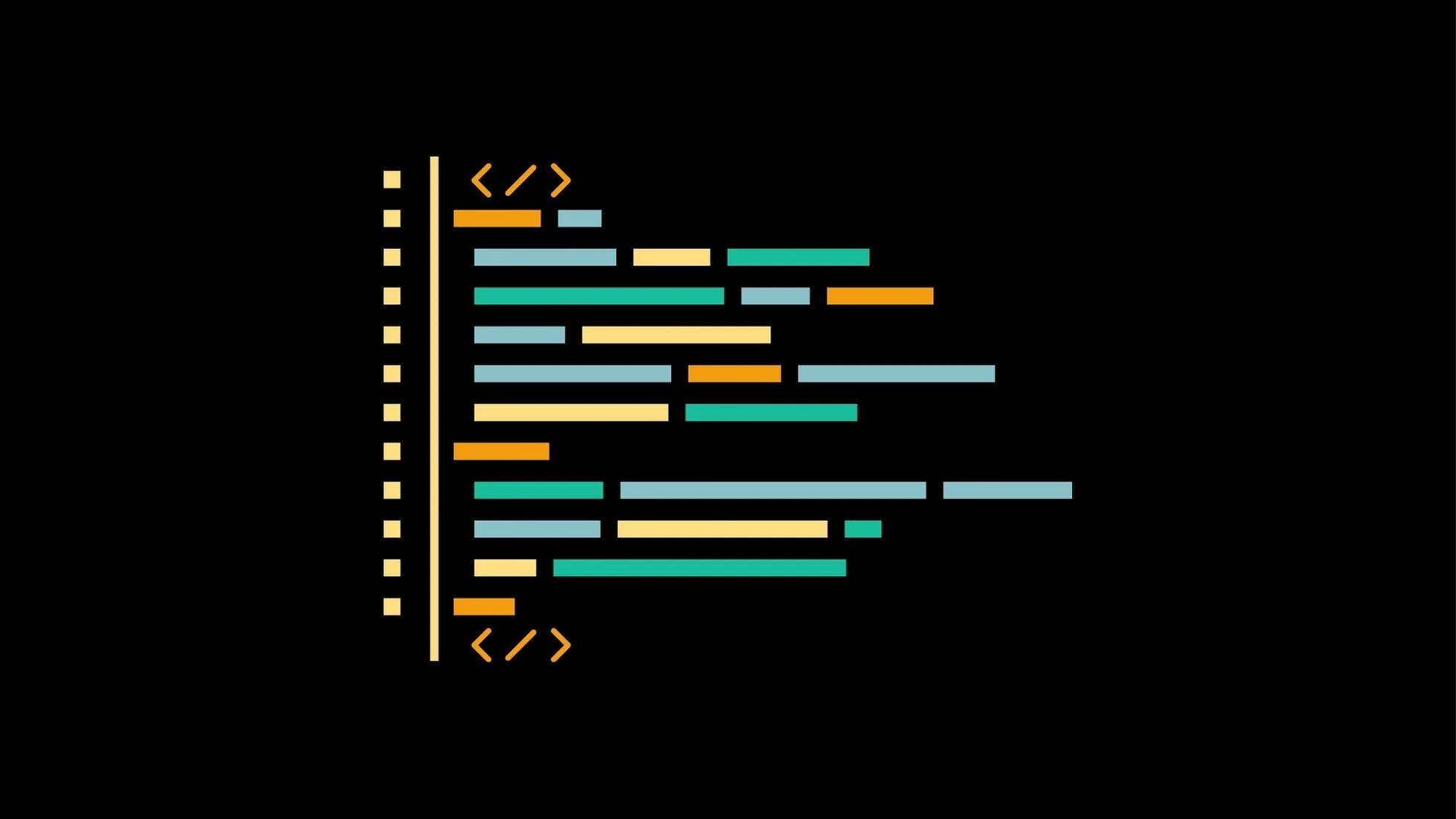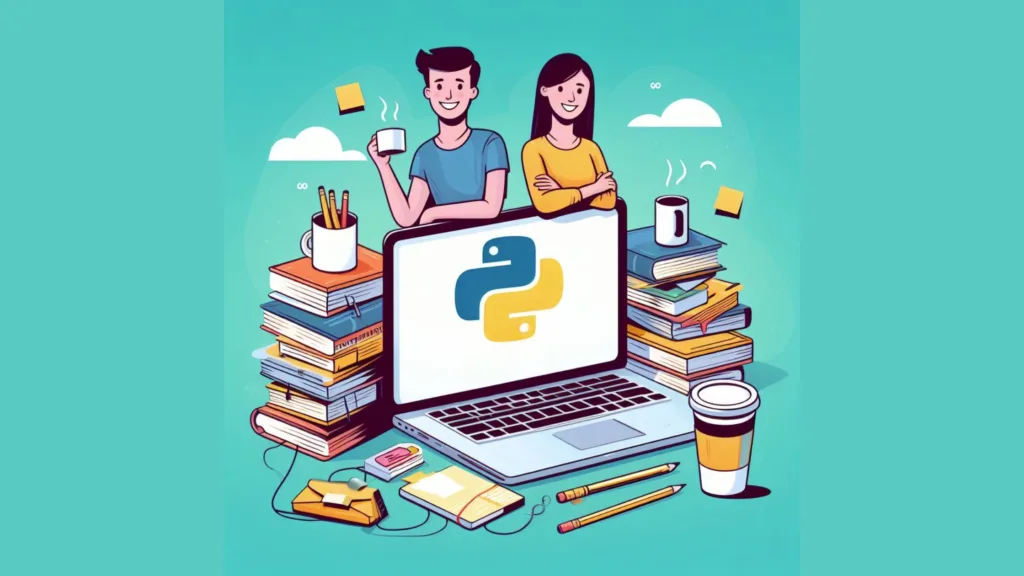In Python, readability is a core principle, and writing clean, concise code is highly encouraged. Sometimes, however, a line of code can become too long and unwieldy. This is where line joining comes into play. Line joining allows you to split a single logical line of code across multiple physical lines, making the code more readable and maintainable. In this blog post, we’ll explore how line joining in Python works and provide examples to illustrate its usage.

Implicit Line Joining in Python
Python allows implicit line joining within parentheses (), brackets [], and braces {. You can break a line inside any of these without using a backslash \.
Example 1: Line Joining in a List
numbers = [
1, 2, 3,
4, 5, 6
]Example 2: Line Joining in a Function Call
result = sum(
[1, 2, 3],
4
)Explicit Line Joining
When you need to split a line outside of parentheses, brackets, or braces, you can use a backslash \ at the end of the line to indicate that the line should continue on the next line.
Example 3: Line Joining with Backslash
text = "This is a long line of text that " \
"we want to split across two lines."Line Joining with Triple Quotes
Triple quotes ''' or """ allow you to define multiline strings, which can be useful for documentation or large text blocks.
Example 4: Multiline String with Triple Quotes
text = """This is a multiline
string that spans
several lines."""Line Joining in Expressions
You can also use line joining in complex expressions to make them more readable.
Example 5: Line Joining in a Complex Expression
total = (1 + 2 + 3
+ 4 + 5 + 6
+ 7 + 8 + 9)Things to Consider
- Avoid unnecessary line joining, as it can make the code harder to read.
- Be mindful of indentation when using line joining, as incorrect indentation can lead to syntax errors or unexpected behavior.
- Use line joining judiciously to enhance code readability without sacrificing clarity.
FAQ for Line Joining in Python
What are the ways to join lines in Python?
There are two main ways to join lines in Python:
- Explicit Line Joining: By ending a line with a backslash (
\), you tell Python that the line should continue.
string = "Hello, " \
"world!"- Implicit Line Joining: In Python, expressions in parentheses
(), square brackets[], or curly braces{}can be spread across multiple lines without using a backslash.
list_of_numbers = [
1,
2,
3
]When should I use Explicit Line Joining?
Use explicit line joining when you need to break up a line that does not naturally use parentheses, square brackets, or curly braces. For instance, when breaking up a long string or arithmetic expression.
When should I use Implicit Line Joining?
Implicit line joining is often preferred when dealing with lists, dictionaries, sets, or function arguments, as these naturally use enclosing characters.
Can I combine both methods?
Yes, you can. However, this may reduce the readability of your code. Stick to one method for consistency unless there’s a compelling reason to combine both.
Are there any downsides to line joining?
Line joining can sometimes make code less readable if overused or used inappropriately. Also, when using explicit line joining, make sure not to add any extra spaces after the backslash, as that will cause an error.
Is there a line length limit in Python?
By convention, Python code lines should not exceed 79 characters as per PEP 8 guidelines. This is not a strict limit but a recommendation for better readability.
Can I use line joining inside a string?
For string literals, you can use the string concatenation feature, but not a backslash.
For example:
text = ("Hello, "
"world!")Any best practices?
- Limit the use of line joining for better readability.
- Make sure to indent the subsequent lines properly for clarity.
- Stick to the 79-character line limit where possible.
Conclusion
Line joining in Python provides a flexible way to write clean and readable code by allowing you to split long lines into more manageable parts. Whether using implicit line joining within parentheses, brackets, and braces, or explicit line joining with a backslash, understanding this feature will enable you to write code that is both elegant and maintainable.
By following best practices and using line joining where appropriate, you can create code that is not only functional but also aesthetically pleasing.



